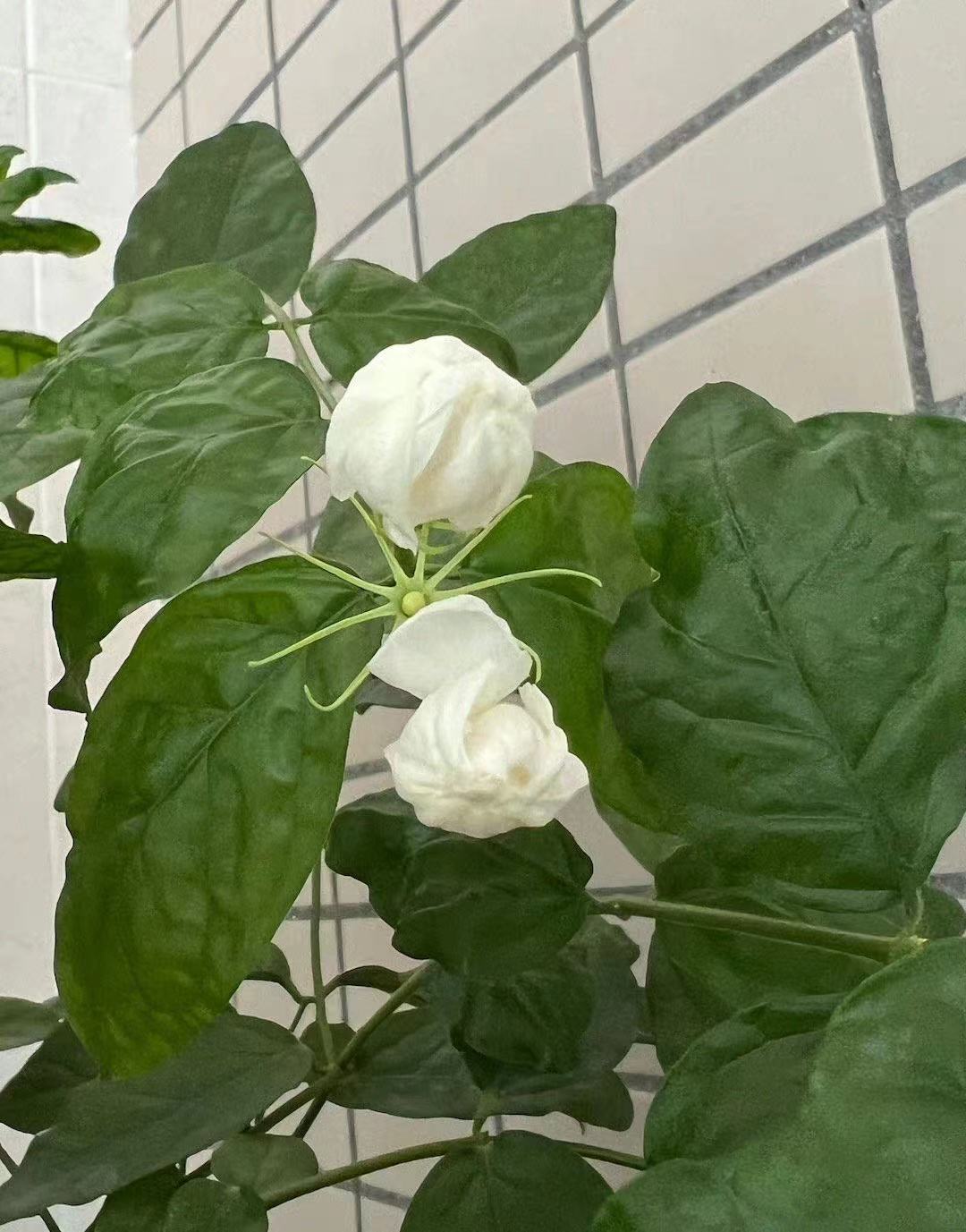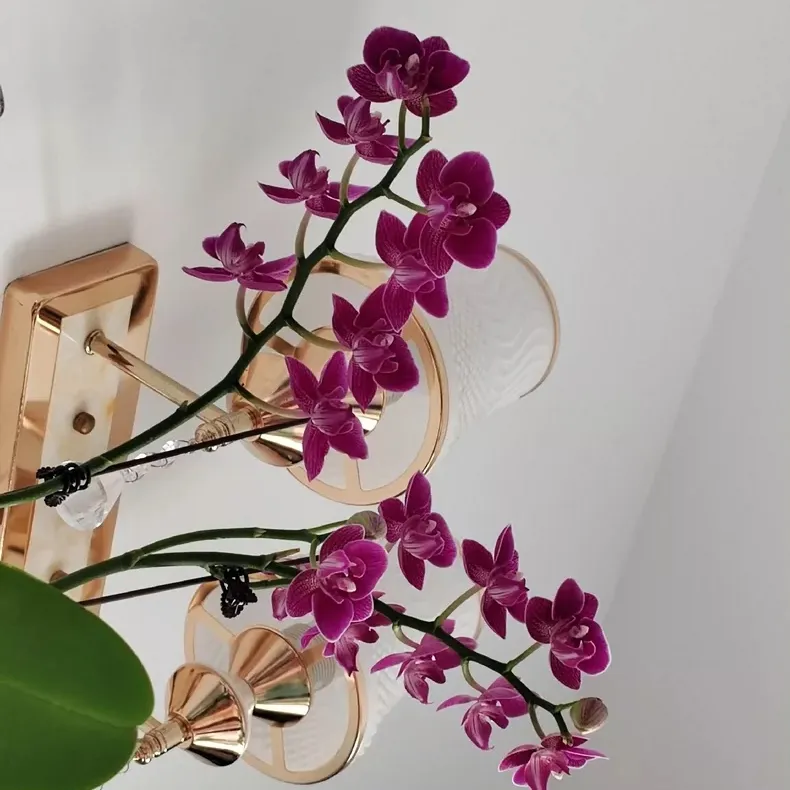Jasmine, with its delicate fragrance and white flowers, is deeply loved by people. However, for jasmine to thrive and bloom abundantly, rational fertilization is crucial. During the fertilization process, there are three types of fertilizers that jasmine is most averse to.
Firstly, jasmine avoids concentrated fertilizers. Excessively concentrated fertilizers will cause the concentration of the soil solution to be too high, resulting in the roots being unable to absorb water and nutrients normally and might even cause root burns. This is like giving a child too many nutritional products. Not only can they not absorb them, but it might also harm the body. Therefore, when fertilizing jasmine, be sure to follow the principle of "frequent application of thin fertilizers" and dilute the fertilizer to an appropriate concentration before use.
Secondly, jasmine avoids uncomposted organic fertilizers. When this type of fertilizer ferments and decomposes in the soil, it generates a large amount of heat and harmful gases, which can easily damage the roots of jasmine and affect its normal growth. Uncomposted organic fertilizers might also carry germs and insect eggs, triggering the breeding of pests and diseases. Therefore, when using organic fertilizers, it is necessary to ensure they have undergone sufficient composting treatment.
Finally, jasmine avoids alkaline fertilizers. Jasmine prefers an acidic soil environment. Long-term application of alkaline fertilizers will change the pH of the soil, causing poor growth. Common alkaline fertilizers such as plant ash should be avoided for fertilizing jasmine.
To ensure the healthy growth and profuse blooming of jasmine, it is necessary to avoid the three taboos of concentrated fertilizers, uncomposted organic fertilizers, and alkaline fertilizers.
Here are some key methods to keep jasmine blooming continuously in summer:
Adequate light is crucial. Jasmine likes a sunny environment. The summer sun is intense, but as long as an adequate water supply is ensured, it should be placed in a full-sun position as much as possible to allow it to receive sufficient sunlight, which is helpful for the differentiation and growth of flower buds.
Reasonable pruning is of vital importance. After each flowering, prune the spent flowers and overly long and dense branches in a timely manner. Cut off the spent flowers along with the pair of leaves below. This can stimulate the germination of new branches and create conditions for the next flowering. Jasmine loves water. In summer, the temperature is high and water evaporates quickly. Keep the soil moist but not waterlogged. Water in the morning and evening every day, observe the dryness and wetness of the soil, and avoid poor plant growth caused by drought. Fertilization is also an important link to promote repeated flowering. During the growing period of jasmine in summer, apply a thin liquid fertilizer every 7-10 days, mainly with phosphorus and potassium fertilizers, supplemented by nitrogen fertilizers. When fertilizing, pay attention to frequent application of thin fertilizers and avoid high concentrations of fertilizers burning the roots. Finally, maintain a good ventilation environment. Poor ventilation can easily cause pests and diseases, affecting the growth and flowering of jasmine. It can be placed in a well-ventilated position or the windows can be opened frequently for ventilation.
As long as jasmine is given sufficient light, appropriate pruning, adequate water and nutrients, and a good ventilation condition, it can continuously bloom in summer.
What are the three most avoided fertilizers for jasmine?

Share with
Tagged in :




Leave a Reply